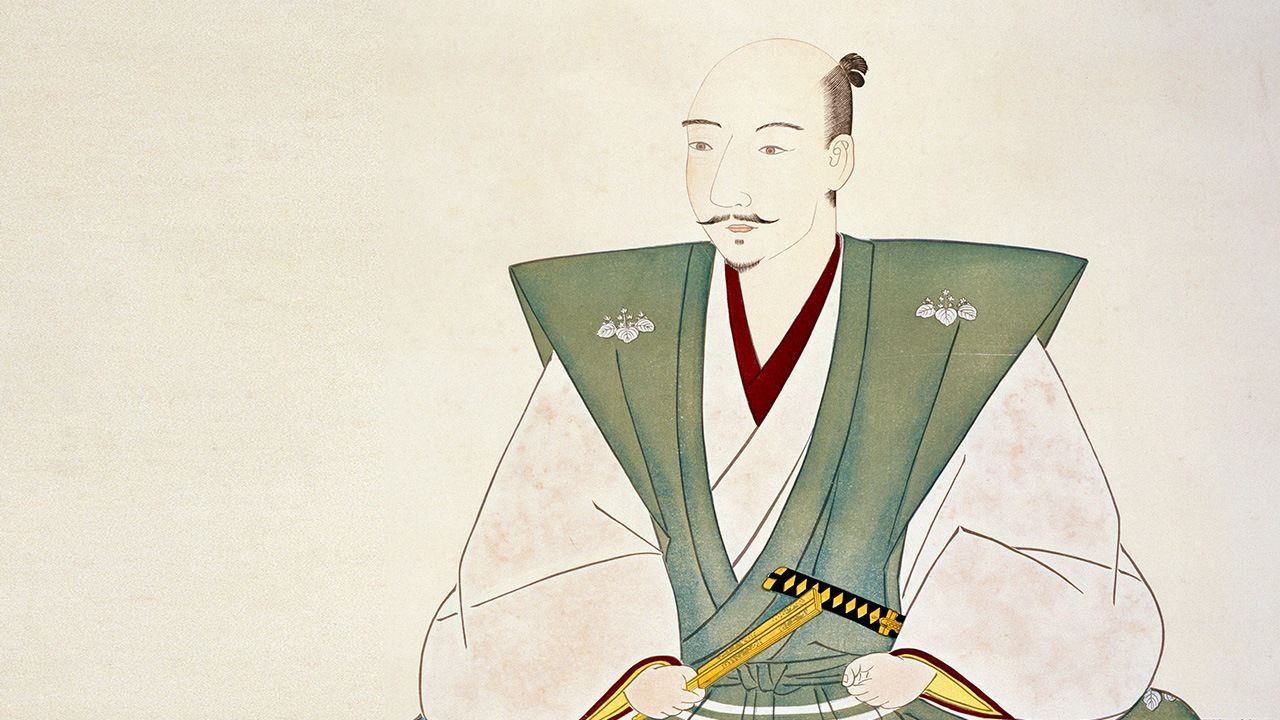We’ve got a review of the Yasuke Netflix anime that dropped in April coming, but first, we sat down and did a bit of research to bring you something educational and enriching, with a look at the real Yasuke, Japan’s first black samurai.

Before Coming to Japan
Yasuke was, in fact, a real person, and the first black samurai in history, dating back to the Sengoku period (1467–1615). Prior to his life in Japan, very little is known about his exact African origins. The only documentation of his early life was written by French missionary and historian, François Solier, in 1627. Yasuke has been traced most likely to have come from Mozambique in southeast Africa, which was under the rule of the Portuguese.
A Slave Taught Japanese by Christian Missionaries
Yasuke arrived in Japan in 1579 as a slave for Italian missionary, Alessandro Valignano. Valignano was unlike most other European missionaries visiting East Asia and it was his perspective of foreign customs and tradition that would ultimately be the catalyst for Yasuke to take his place in history as the first and only black samurai. At the time, most European missionaries were disgusted by Japan’s culture and common practice, finding them to be barbaric, lustful, or shameful. Many wouldn’t bother to learn the Japanese language and instead insisted on educating Japan’s people in Italian, Spanish, or Portuguese. Valignano did the exact opposite, and encouraged his missionaries to learn Japanese customs, and even required his followers and slaves to receive a minimum of two years of Japanese language education.
Fated to be a Samurai
This meant that not only were Valignano and his missionaries leaps and bounds ahead of other Christians, but it also meant that Yasuke would be the first black man the Japanese could communicate with. In 1581, Oda Nobunaga, the famous warlord, was fighting for the unification of Japan. He heard of Yasuke and wished to meet him. During the meeting, he ordered Yasuke’s skin scrubbed to prove that his skin was naturally dark, and not painted. Fascinated by foreign cultures, but especially Yasuke’s appearance and deeply enjoying conversation with him, Oda Nobunaga bought Yasuke from Valignano and hired him to be his retainer and weapon handler. Soon after, Yasuke was given a katana and granted the title of Samurai in the traditional fashion Nobunaga would have done for other Japanese males.

There is no official documentation, but Yasuke was believed to be somewhere between 6’2” and 6’5” tall. Considering that Japanese men were much shorter (about 5 feet tall) in the Edo period, this made Yasuke a giant compared to even the most skilled samurai, and an unstoppable force in battle.
His Defeat and Disappearance
As far as history tells, everything was great for Yasuke. However, his time as a samurai was cut all too short a year later in 1582 when Oda Nobunaga was betrayed by one of his generals, Akechi Mitsuhide. Reasons were unknown. During a stay in Kyoto, the Honnō-ji was surrounded by Mitsuhide’s forces. Oda Nobunaga was captured and forced to commit ritual suicide. Yasuke has been documented to be present during the assassination but managed to escape and join forces with Nobunaga’s son. In their final attempt to strike back, Nobunaga’s son was forced to commit seppuku as well. Yasuke, however, was captured alive.

Because of his dark skin, Mitsuhide dismissed Yasuke and denied him of a traditional samurai’s death.
Yasuke’s fate is a little vague. Some documentation claims that he was turned back over to Jesuit missionaries. However, in recent years some Japanese scholars have begun to doubt this claim. From here, Yasuke vanishes from history as we know it.
Now, the anime picks up his story, in the year 1602.















